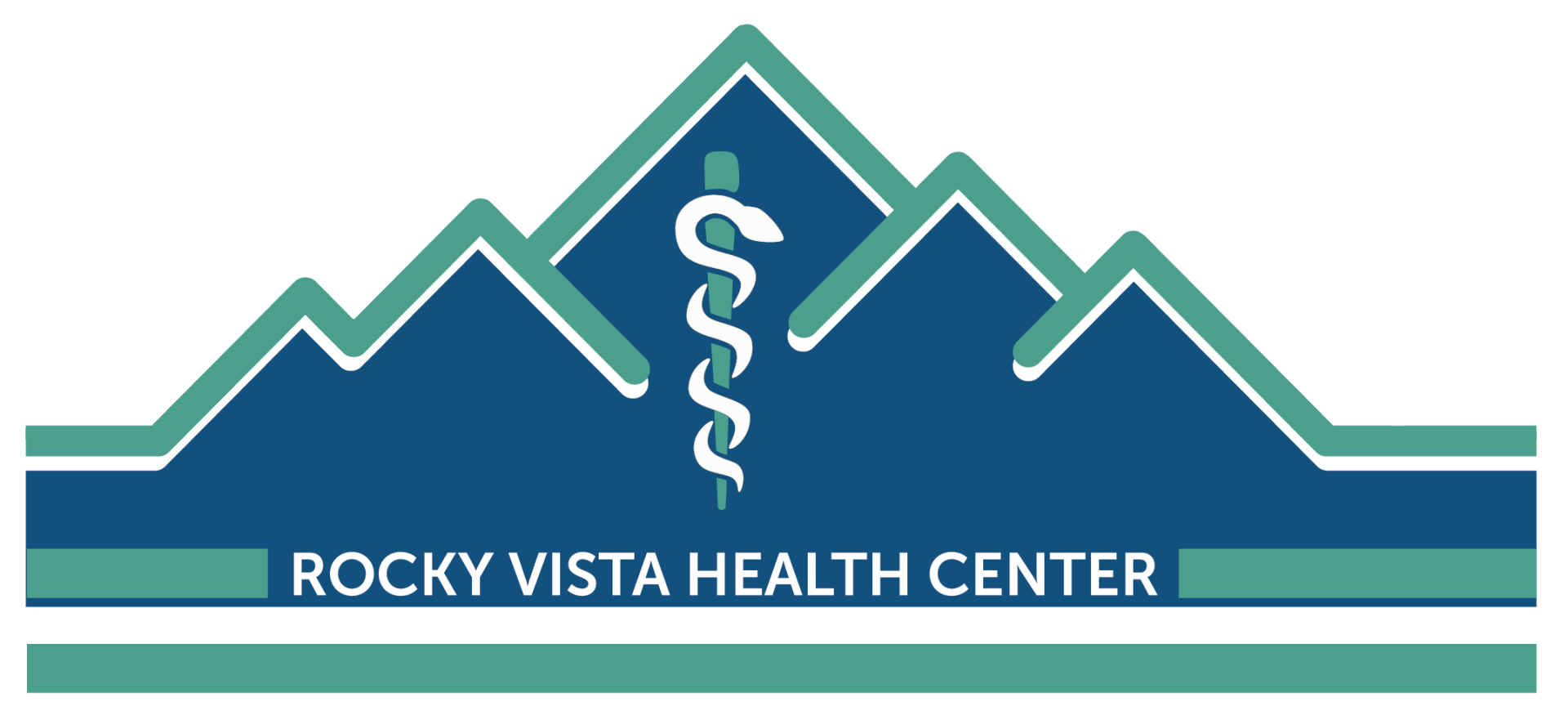Osteopathic Manipulation
Osteopathic Neuromusculoskeletal Medicine Isn’t Just for Athletes
Osteopathic neuromusculoskeletal medicine integrates knowledge from such areas as:
- Sports Medicine
- General Medicine
- Orthopedics
- Rehabilitation
- Exercise Physiology
- Nutrition
Osteopathic physicians (DOs) specializing in Osteopathic neuromusculoskeletal medicine are trained to integrate osteopathic manipulative medicine (OMM) into the treatment plan to improve the motion and function of the entire individual. We basically use an integrative approach to help you “reach your peak” for optimum health, function and performance.
How Can Individuals Benefit from Osteopathic Manipulative Medicine?
Osteopathic neuromusculoskeletal medicine looks at the body as a dynamic unit with structures and functions that are interrelated at all levels. Its principles apply to all ages, including children, adults and geriatric patients. Optimum health and performance requires integrated function of all of the various parts. A problem in one area, organ, or system will produce both local and global effects.
OMM Helps Optimize Overall Function
For example, a simple ankle sprain can result in the transference of abnormal biomechanical forces to your knee and/or low back so that those areas are also compromised and predisposed to problems. Injuries and associated pain can also produce biochemical abnormalities that may negatively impact hormone function and alter neurotransmitters (brain chemicals). To put it simply, the entire body is connected together and can be effected by multiple biomechanical, bioenergetics and biochemical factors. Osteopathic manipulative medicine helps optimize overall function and addresses the entire individual as a dynamic, synchronized and integrated whole.
Osteopathic physicians (DOs) don’t just treat bones. We look beyond just the musculoskeletal system to include the visceral, craniosacral, and bioenergetics systems.
Osteopathic Neuromusculoskeletal Medicine Services
We use osteopathic manipulative medicine to improve motion and function throughout the entire individual in an effort to optimize health and potential.
- Neuromusculoskeletal evaluation and management including osteopathic structural examination.
- Osteopathic manipulative medicine, which includes but is not limited to general osteopathic technique, high velocity/low amplitude technique, muscle energy technique, myofascial release, visceral manipulation, Dr. Fulford’s techniques, and Osteopathy in the Cranial Field.
- Therapeutic exercise prescription.
- Trigger point and joint injections.
Common Conditions That May Improve with Osteopathic Manipulative Medicine (OMM)
- General medical conditions (asthma, chronic sinus and middle ear infections, common colds, mildly elevated blood pressure, abdominal and pelvic pain)
- Concussions
- Performance anxiety and depression
- Neck, upper back and low back sprains/strains
- Tailbone pain/contusions
- Herniated, bulging and degenerative disks in the cervical, thoracic and lumbar spine
- Paroxysmal supraventricular tachycardia
- Thoracic outlet syndrome
- Carpal tunnel syndrome
- Ulnar nerve compression
- Stress incontinence
- Temporomandibular joint dysfunction
- Low-grade (I-III) acromioclavicular (AC) separations
- Rotator cuff tendonitis
- Partial rotator cuff tears
- Biceps tendonitis
- Frozen shoulder
- Lateral epicondylitis (tennis elbow)
- Medial epicondylitis (golfer’s elbow)
- Radial tunnel syndrome
- Sternoclavicular joint pain/dysfunction
- Costochondritis
- De Quervain’s tenosynovitis
- Groin strains/pulls
- Hip bursitis
- Mild hip arthritis
- Piriformis syndrome
- Quadriceps and hamstring strains
- Knee bursitis
- Meniscal tears
- Partial knee ligament tears
- Patellofemoral pain
- Patellar tendonitis (jumper’s knee)
- Osgood-Schlatter disease
- Mild knee arthritis
- Calf strains
- Achilles tendonitis
- Sever’s disease
- Plantar fasciitis
- Tarsal tunnel syndrome
- Ankle sprains (including high ankle sprains)
- Metatarsalgia
